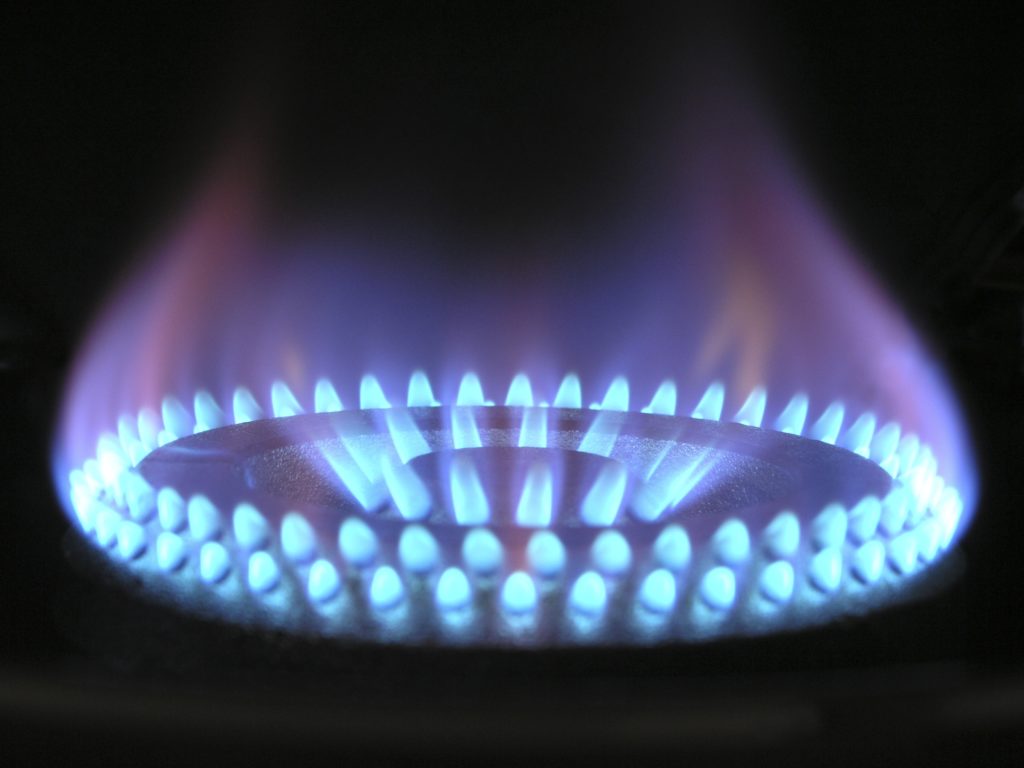
By Dr Annum Rafique
City Region Economic and Development Institute, University of Birmingham
The energy price cap sets a maximum price that energy suppliers can charge consumers for each kilowatt hour (kWh) of energy they use. The price cap is for those customers who do not shop around for tariffs and are using default energy tariffs regardless of their payment methods. The price cap ensures that the customers are not disadvantaged in the energy markets.
How much you pay depends on your energy use, geographical location, tariff and payment methods. It was announced on 15 March 2023 that the energy price cap from April to June will fall from £4,279 to £3,280, a 23% decrease.
The temporary, additional measure of energy price guarantee was put in place in October 2022 to protect customers from rising wholesale gas prices. Under the guarantee, the ‘typical’ bill would be set at £2,500. The guarantee was set to rise to £3,000/year from April, but it was announced on 15 March 2023 that it would be kept at £2,500 due to a 50% reduction in wholesale energy prices. So, we are in a situation where the energy price cap has fallen, but the energy price guarantee has remained the same. Since the energy price guarantee is lower than the energy price cap, we would pay the lower rate.
Support with energy bills
A £400 winter energy support discount will run until 31 March 2023. The energy suppliers have applied a discount of £66/£67 per month for six months on energy bills. The discount will run out on 1 April 2023, affecting the energy bills. More support will be available for 8 million low-income and vulnerable households of at least £900 in cash payments over the next year. Pension and benefits are also set to rise by 10%, and the National Minimum Wage is increasing to £10.42 an hour to provide for the increasing cost of living.
How does it affect me?
The total you pay for energy depends on the energy units consumed, the location, the tariff, and the payment method. A 2–3-bedroom household with 2-3 occupants with moderate energy use would typically consume around 12,000 kWh of gas and 2,900 kWh of electricity.
The table below presents different payment methods’ annual and monthly energy costs.
|
|
Annual equivalent cost |
Monthly cost |
|
||
|
Current price (before April) |
New Price
(April to June) |
Current price (before April) |
New Price
(April to June) |
Percentage increase |
|
|
Direct Debit |
£2,100 |
£2,490 |
£175 |
£208 |
19% |
|
Prepayment |
£2,180 |
£2,540 |
£182 |
£212 |
17% |
|
Receipt on bill |
£2,360 |
£2,650 |
£197 |
£221 |
12% |
Source: www.moneysavingexpert.com
If a house located in the West Midlands pays through direct debit, then before April they would be paying £2,100 for their energy which will rise to £2,490 after April 2023 as the £66/£67 per month discount will have come to an end. In such a case, there would be a 19% increase in energy costs over the next three months (April – June), after which the energy price cap and energy price guarantee will be revised, which will again affect the energy bills.
Customers who prepay for their energy, pay more than households paying though direct debit. From 1 July, the penalty on prepayment will end, saving around £45 a year for four million households.
How can you save on energy bills?
One of the ways to reduce your energy costs is to reduce your energy use. Hundreds of pounds in energy bills could be saved per year by using the following energy efficiency measures:
- Draught-proof your house
- Turn off unused lights
- Take shorter showers
- Switch off devices on standby mode
- Wash clothes at 30 degrees
- Do not overfill the kettle
- Reduce the use of the dishwasher
- Insulate your hot water tank
The measures above can lead to savings of £17 to £125 per measure on your energy bills.
Looking ahead
It is predicted that in July, the wholesale energy costs will decline, resulting in the energy price cap falling below the energy price guarantee. In such a case, households will only pay for the lower rate, which would be the energy price cap.
- Find out more about Dr Annum Rafique
- Back to Social Sciences Birmingham
The views and opinions expressed in this article are those of the author and do not necessarily reflect the official policy or position of the University of Birmingham.
